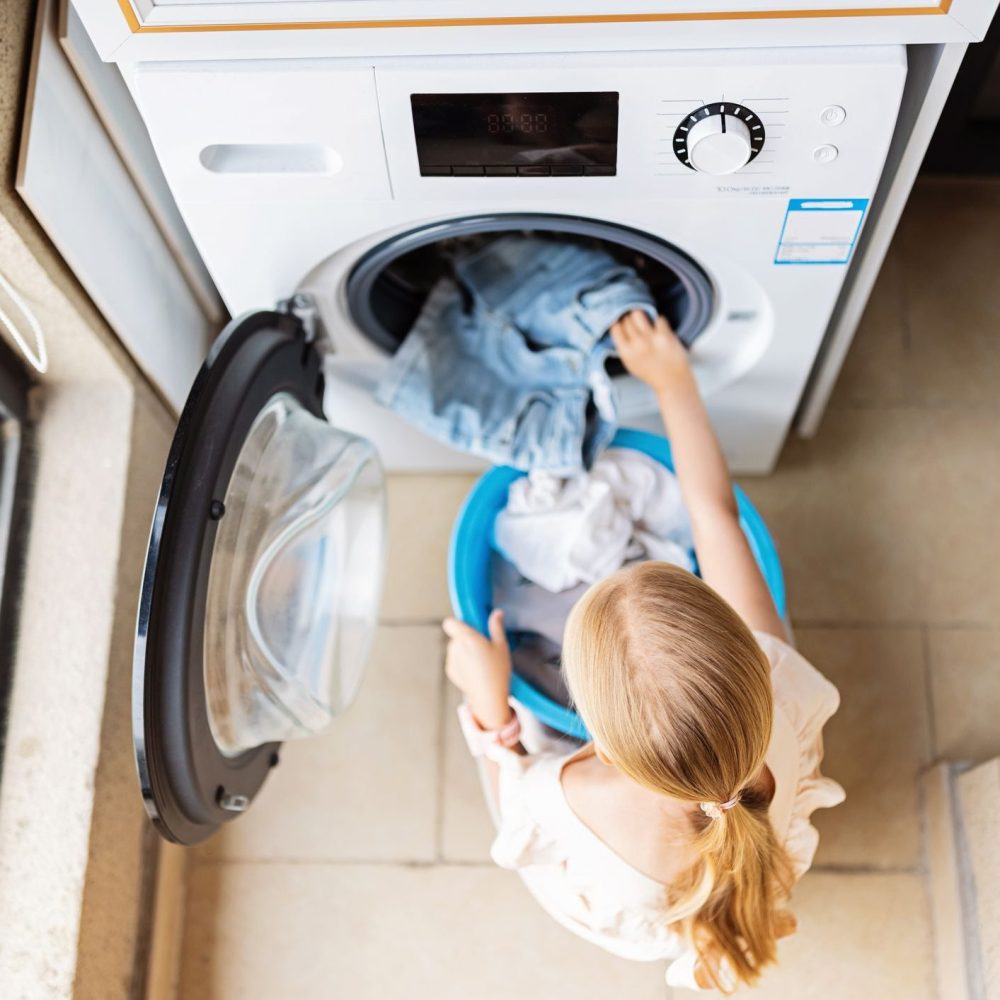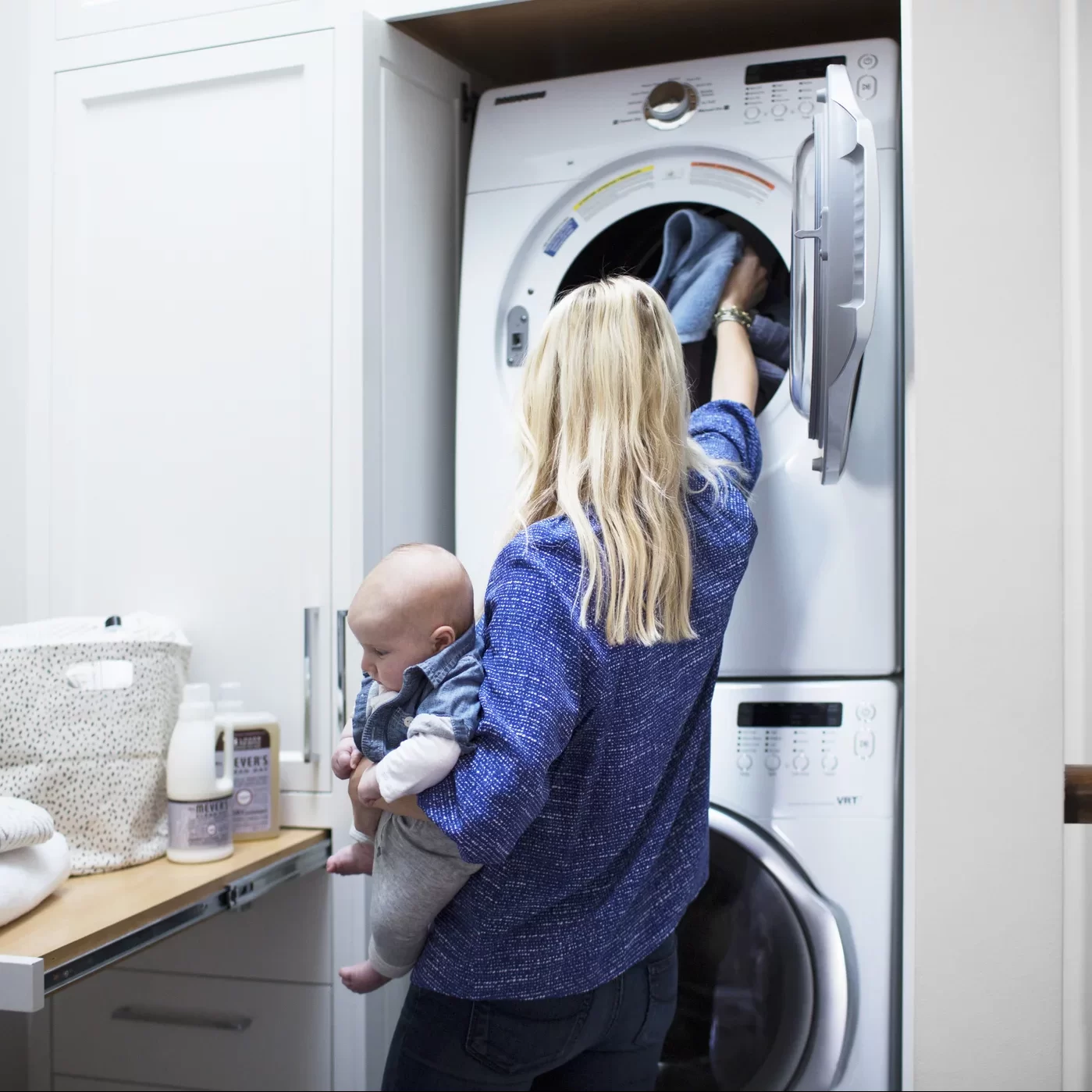When it comes to household appliances, clothes dryers are often among the most power-hungry. Understanding clothes dryer wattage is crucial for homeowners aiming to manage their energy consumption and electricity bills effectively. In this article, we’ll explore the factors affecting dryer wattage, different types of dryers, and tips for energy-efficient usage.
What is Wattage and Why is it Important?
Wattage (measured in watts) indicates the power consumption of an appliance. In the context of clothes dryers, higher wattage usually means a faster drying time, but it also translates into greater energy consumption and higher costs on your electricity bill. Understanding wattage helps homeowners select the right dryer, appreciate energy ratings, and manage electrical loads in their homes.
Understanding Energy Ratings
Energy ratings provide insight into how much power an appliance consumes and its efficiency at drying clothes. Dryers typically come with either an EnergyStar label or a detailed energy guide. The EnergyStar label indicates that the appliance meets specific energy efficiency guidelines set by the U.S. Environmental Protection Agency (EPA), and it helps consumers save money while reducing environmental impact.
Typical Wattage Range for Clothes Dryers
Clothes dryers typically use between 3,000 to 5,000 watts. This range depends on the dryer’s model and settings.
Factors Influencing Electricity Consumption in Dryers
Several factors affect a dryer’s electricity use:
- Dryer type: Vented, condenser, and heat-pump dryers differ in efficiency.
- Load size: Larger loads require more energy.
- Settings used: High heat settings consume more power.
Proper maintenance and choosing the right settings can help reduce power usage. Keeping the lint filter clean ensures the dryer operates efficiently.
The Cost of Running a Clothes Dryer
Understanding how much it costs to run a clothes dryer is essential for budgeting.
Analyzing the Cost Per Load
Each dryer load’s cost can vary. Typical clothes dryers use about 3,000 to 5,000 watts. At an average rate of $0.13 per kilowatt-hour, a dryer with 3,000 watts will cost around $0.39 per hour.
The cost per load depends on the dryer’s cycle length and the chosen settings. Loading the machine correctly can reduce these costs.
Annual Cost Implications for Families
A family’s annual dryer costs can add up. Assuming an average family does three loads of laundry per week, that’s 156 loads per year.
Using our earlier rate, if each load runs for about one hour, the annual cost can be about $213.84. This calculation assumes the dryer operates at 3,000 watts and $0.13 per kilowatt-hour.
Conserving dryer use and optimizing settings can decrease these costs significantly.
Comparison of Different Dryer Types
When choosing a dryer, it’s important to know the types available. Let’s compare vented, condenser, and heat-pump dryers.
Vented vs. Condenser vs. Heat-Pump Dryers
Vented dryers are common and budget-friendly. They send moist air outside through a vent. Condenser dryers collect water in a tank, needing no venting. Heat-pump dryers use less energy by recirculating hot air. They are the most efficient but cost more upfront.
These three types vary in energy requirements. Vented dryers generally use more energy than condenser and heat-pump models. modern heat-pump dryers are designed to use less electricity. As a result, they tend to be more energy-efficient over time.
Energy Efficiency Ratings of Various Dryer Models
Dryers have energy ratings that show efficiency. Models with higher ratings use less power and save more on bills. Energy Star is a well-known rating that indicates high efficiency.
Dryer models with a high Energy Star rating will cost less in energy bills. They often include features like auto shut-off and moisture sensors. Thus, they reduce unnecessary run time, cutting down energy use.
In summary, heat-pump dryers are best for energy saving. Still, they may have a higher purchase price. Vented dryers cost less but use more energy. Condenser dryers stand in the middle, offering a balance of cost and efficiency.
Reducing Clothes Dryer Energy Consumption
Reducing energy use in clothes dryers can significantly cut household costs. Here are ways to make dryers more energy-efficient and the advantages of these energy-saving features.
Tips for Efficient Use of Clothes Dryers
- Clean the Lint Filter Regularly: A clean lint filter improves airflow and efficiency.
- Use Lower Heat Settings: Opting for lower temperature settings uses less energy.
- Dry Full Loads: Maximize energy use by drying full, but not overloaded, loads.
- Spin Clothes Well Before Drying: Less moisture means quicker drying times, saving energy.
- Utilize Moisture Sensors: Modern dryers with moisture sensors automatically stop when clothes are dry.
Implementing these tips will ensure your dryer runs only as long as needed, conserving energy and reducing costs.
Benefits of Energy Saving Features in Dryers
- Cost Savings: Energy-efficient dryers use less electricity, lowering utility bills.
- Environmental Impact: Less energy consumption reduces your carbon footprint.
- Extended Appliance Life: Efficient operation can lead to longer dryer lifespans.
By choosing dryers with advanced features like moisture sensors and multiple heat settings, you optimize energy use and save money in the long run. Moreover, these features prevent over-drying, which helps conserve fabric quality over time. Each efficiency gain, while seemingly small, adds up to significant savings and environmental benefits over the dryer’s lifetime.
Financial Benefits of Modern Energy-Efficient Dryers
Investing in modern, energy-efficient dryers offers notable financial benefits. Over time, these appliances can lead to considerable savings.
Long-Term Savings with Efficient Dryers
Energy-efficient dryers use less electricity which cuts costs in the long run. Features like moisture sensors and lower heat options reduce energy use. Also, efficient dryers often have longer lifespans, saving on replacement costs. By cutting down on power consumption, these dryers not only save money but also protect the environment.
Upfront Costs versus Utility Savings
Energy-efficient dryers may cost more at purchase. However, they offer significant utility savings over time. The upfront cost is offset by the reduced energy bills each month. Looking at EnergyGuide labels can help estimate potential savings. Choose models with high energy ratings to maximize long-term financial benefits and protect the planet.
Considerations When Purchasing a New Dryer
When buying a new clothes dryer, consider energy use. It affects cost and the environment.
Understanding EnergyGuide Labels and Ratings
EnergyGuide labels show a dryer’s estimated annual energy use. High ratings mean more savings.
- Look for the label on the dryer.
- Check the kilowatt-hour (kWh) use per year.
- Compare energy costs between models.
Higher ratings often come with a bigger price tag. But, they lead to lower utility bills.
Features That Enhance Energy Efficiency
Some features can make dryers use less energy. They can lower bills and help the planet.
- Moisture sensors stop the dryer when clothes are dry.
- Low heat settings reduce energy use.
- Timed cycles prevent over-drying.
- High spin speeds in washers mean less drying time needed.
Considering these features can save energy and money over time. Efficient dryers are a smart investment.
 Conclusion: clothes dryer wattage
Conclusion: clothes dryer wattage
Understanding clothes dryer wattage is essential for both household management and energy efficiency. With average electric dryers consuming between 1800 to 5000 watts, and the knowledge that higher wattage often equals higher costs, it becomes clear that decisions regarding dryer selection and use can lead to significant savings. Through calculated decisions, effective load management, and optimization of dryer settings, homeowners can reduce energy consumption and underpin their commitment to a sustainable future. By considering factors such as appliance type, cycle settings, and maintenance, you will have greater control over your clothes dryer wattage, ensuring both cost-effective use and environmental responsibility.


